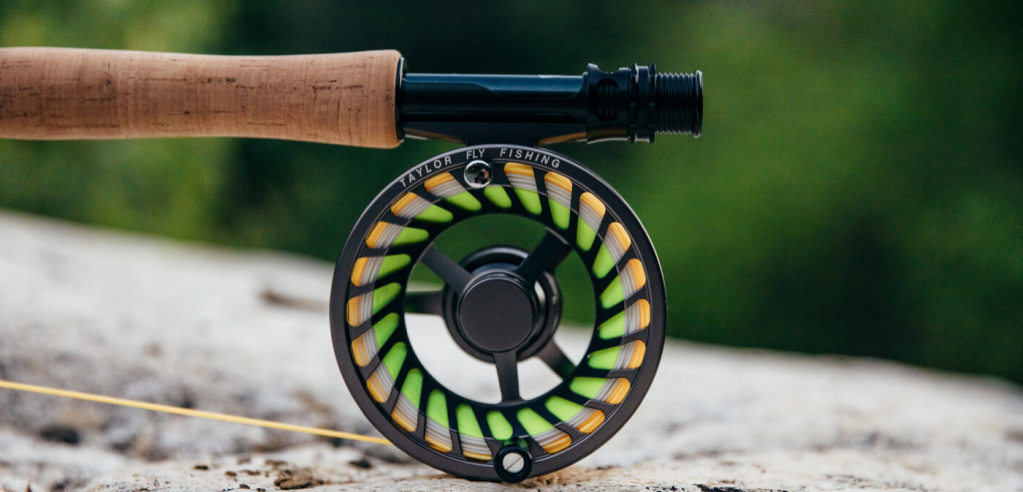Cold Weather Layers
When relatively stationary in cold weather many options are available to keep one warm. Pretty much any fabrics that provide dead air space for insulation that slows down the air exchange from the body heated air to the outside does the trick–along with something to break the wind for the same reason.
During high activity, another factor comes into play which requires a more careful choice of garments. Sweat.
In warm weather the moisture produced by your body has a cooling affect through the action referred to as ‘evaporative cooling’. We wear loose clothing in hot weather because this allows air-flow that aids in taking the moisture away from the skin. The physical sensation that results is cooling as the moisture carries the body heat away.
In cold weather we don’t want to be wet. We want to mitigate that cooling affect. An effective method is to wear a ‘close fitting’ garment that acts kind of like a second skin system that takes the moisture away from the skin and passes it outward and at the same time trapping at least some of the heat against our skin, but keeping our skin relatively dry and warm.
Technical base-layer clothing does just this. These materials are hydro-phobic (meaning they don’t like water and won’t absorb it)–rather the heat of our body pushes the moisture we produce through the fabric to the outside. The fabric, because it doesn’t capture the moisture stays relatively dry and acts as an insulative layer at the same time as it creates a micro-environment against the skin that is friendly.
The second layer, which is typically heavier continues this process while providing additonal insulation.
Note: its important to balance layers and ventilation with the level of activity, outside temperature and sweat production. Everybody is different so it stands that some experimentation is needed to find the best balance for each individual.
I prefer a very thin base layer that fits snugly during very high activity or when high activity is sporadic during an outing.
As mentioned earlier, ventilation is an important piece as well as slowing down appropriately during an outing–these two things help to regulate the ‘system’ so to speak and prevent your layering system from being overwhelmed. Common sense, right?
For years I have used the following products successfully, but there are many others.
Patagonia ‘Capilene’ light and mid-weight, Easter Mountain Sports ‘Techwick’ Lt. and MW and Marmot of the same as base layers and Patagonia R1 and R2 pieces as a second layer. The ‘R’ series of Patagonia garments has a waffled pattern on the interior which does an excellent job of trapping air while picking up moisture. Wool works as a second layer, but is heavier and will hold a great deal more moisture than synthetics.
I like softshell garments because they are less restrictive and do a fair job of repelling wet weather and breaking the wind. Again, wool is good, but will hold more moisture and is much heavier and less packable should you need to shed a layer.
This new softshell from Gamehyde is an Upland Hunting specific design I look forward to trying in Kansas soon.
Stay warm my friends.


~ by John McGranaghan on January 2, 2019.
Posted in Base layer, bird dogs, Capilene, double guns, Eastern Mountain Sports, English Setter Puppy, fly fishing, Fly Tying Stuff, Gear Stuff, Llewellin Setter, Marmot, Patagonia, pointing dogs, Regular Stuff, Shotguns, side by side, upland hunting, Yeti coolers, Yeti Cups









